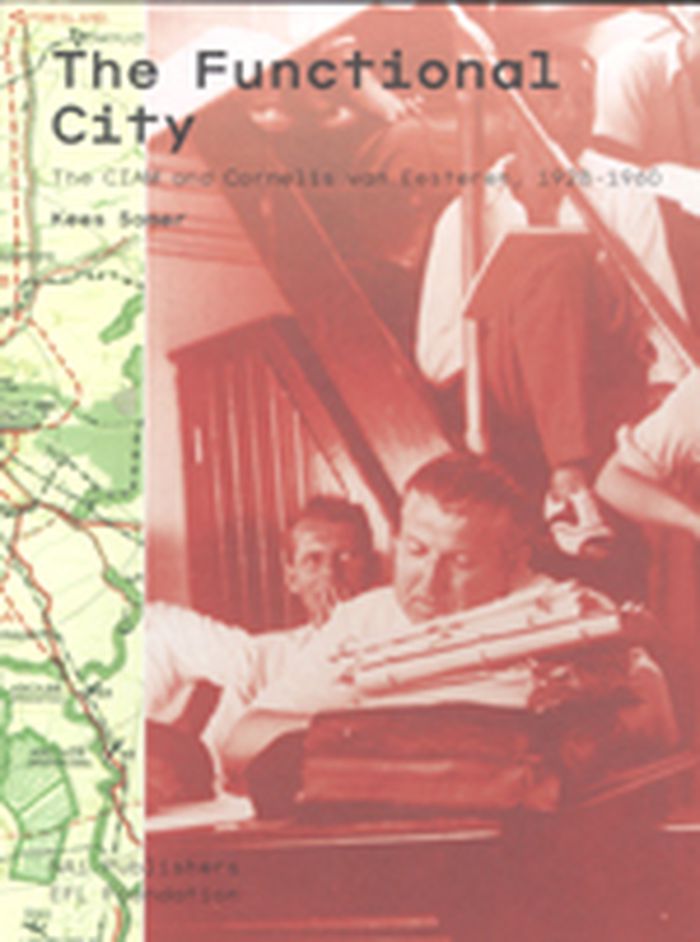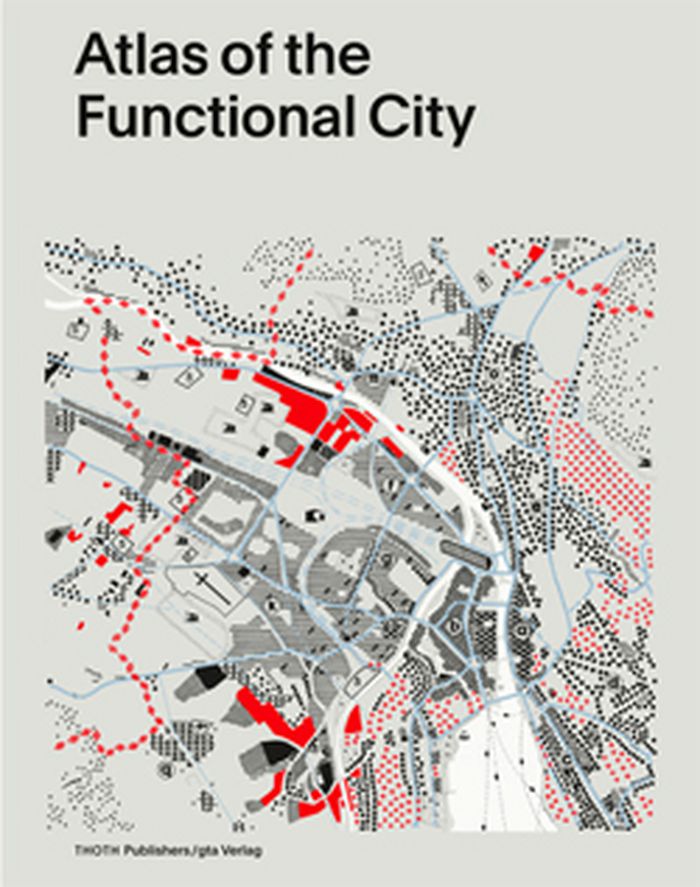$75.00
(available in store)
Summary:
Dutch architect and planner Cornelis van Eesteren served as president of CIAM, the Congrès International d'Architecture Moderne, from 1930 to 1947. His tenure there was steady and influential, but has been little studied, as the rise of Team 10 and then CIAM itself as a global force in the 1950s have obscured the organization's roots as a cooperative that was first(...)
Functional city. The CIAM and Cornelis van Eesteren, 1928 - 1960
Actions:
Price:
$75.00
(available in store)
Summary:
Dutch architect and planner Cornelis van Eesteren served as president of CIAM, the Congrès International d'Architecture Moderne, from 1930 to 1947. His tenure there was steady and influential, but has been little studied, as the rise of Team 10 and then CIAM itself as a global force in the 1950s have obscured the organization's roots as a cooperative that was first embraced by its Dutch and Swiss members. The city analyses that CIAM members conducted for their 1933 congress, chaired by van Eesteren, made an important contribution to what they called "comparative town planning." The Functional City focuses on that legendary fourth congress, held in the summer of 1933; examines van Esteren's legacy; and traces CIAM's early evolution through an abundance of little-known archival material. The leitmotif in this narrative is the principle of collectivity: the avant-garde ideal of concerted action as the basis for the creation of a thoroughly contemporary human habitat.
Urban Theory
$165.95
(available to order)
Summary:
The legendary fourth CIAM congress took place aboard a ship on the Mediterranean Sea in 1933. Led by Le Corbusier, Cornelis van Eesteren and Sigfried Giedion and themed the “Functional City”, the universal programmatic agenda it produced is considered to be a pinnacle of urbanism. Participants analysed 34 cities on the basis of maps specially produced for the congress,(...)
Atlas of the functional city: CIAM 4 and comparative urban analysis
Actions:
Price:
$165.95
(available to order)
Summary:
The legendary fourth CIAM congress took place aboard a ship on the Mediterranean Sea in 1933. Led by Le Corbusier, Cornelis van Eesteren and Sigfried Giedion and themed the “Functional City”, the universal programmatic agenda it produced is considered to be a pinnacle of urbanism. Participants analysed 34 cities on the basis of maps specially produced for the congress, and the results were shown at an exhibition in Amsterdam’s Stedelijk Museum in 1935. Plans for a publication were interrupted by the war, and the material has until now remained unpublished. This systematic overview of the CIAM 4 city maps offers new perspectives at a crucial moment for urbanism today.
Urban Theory

